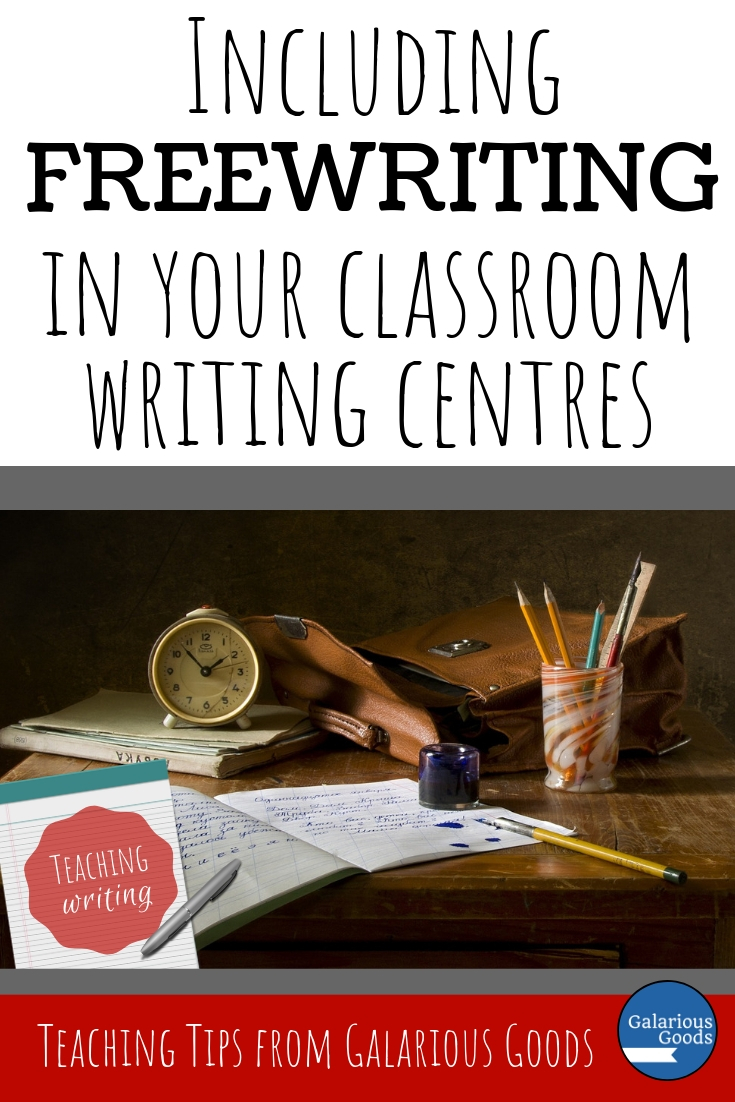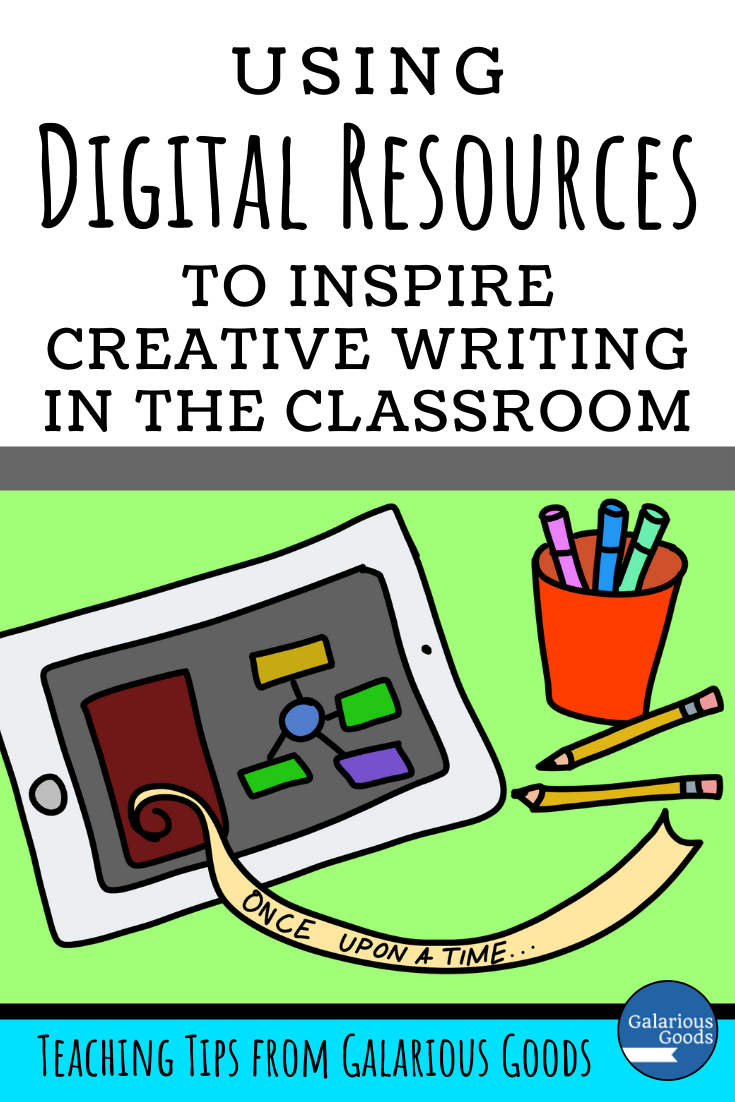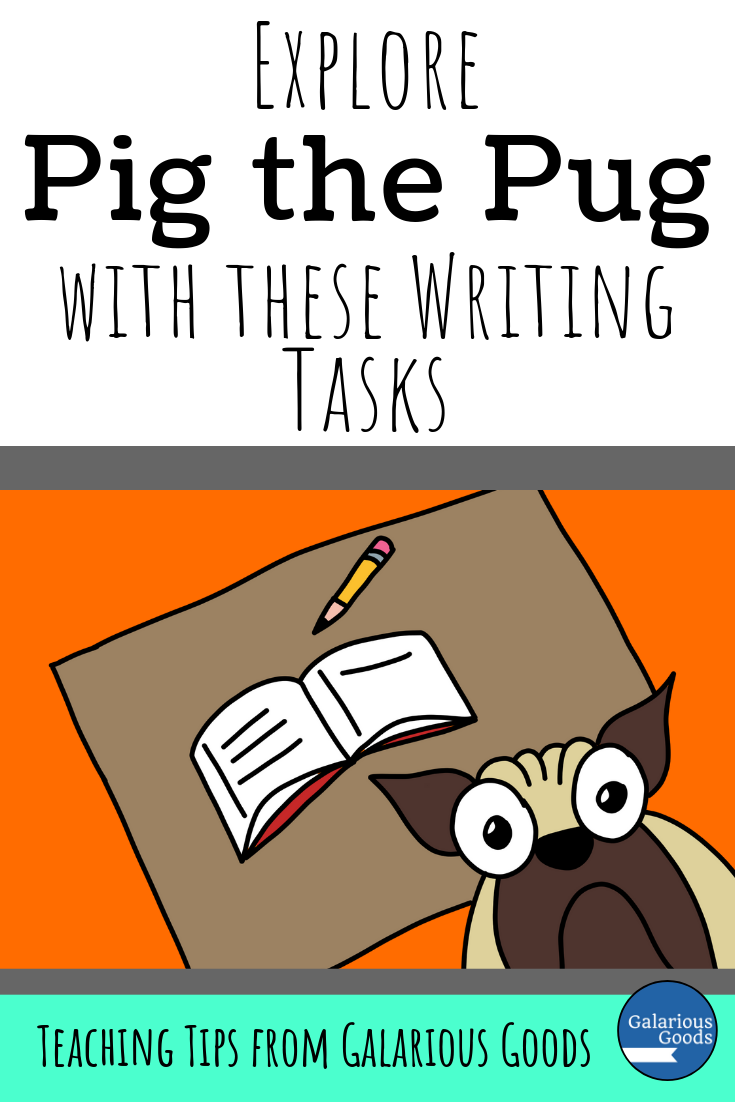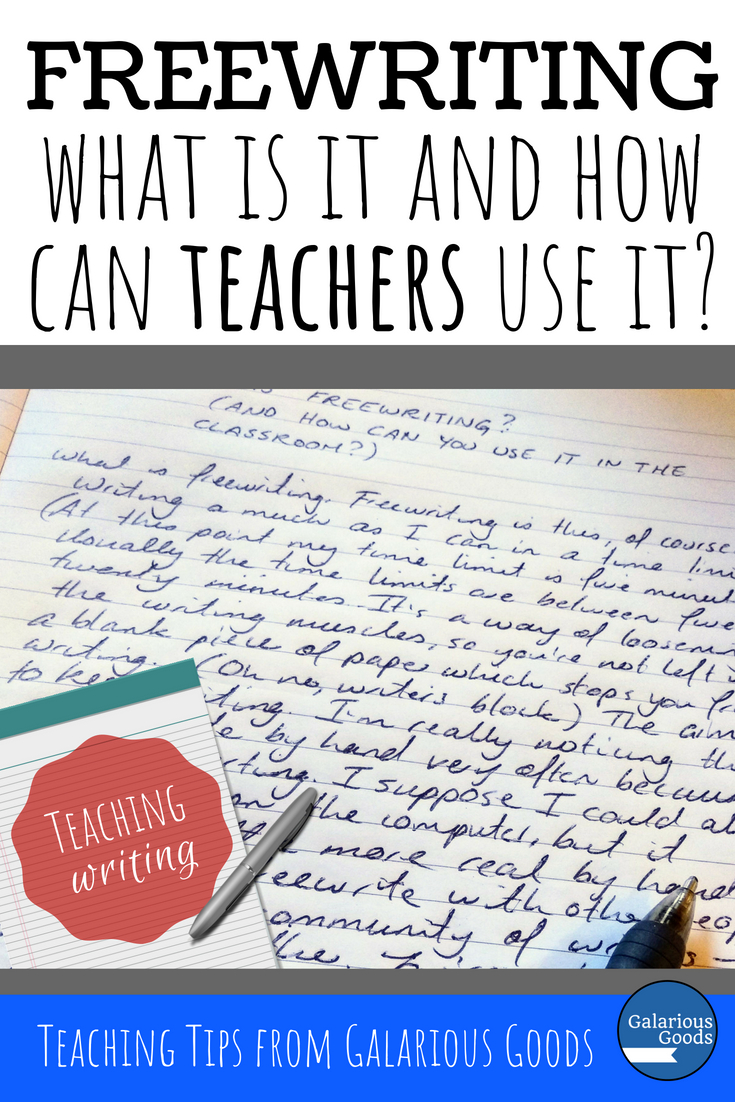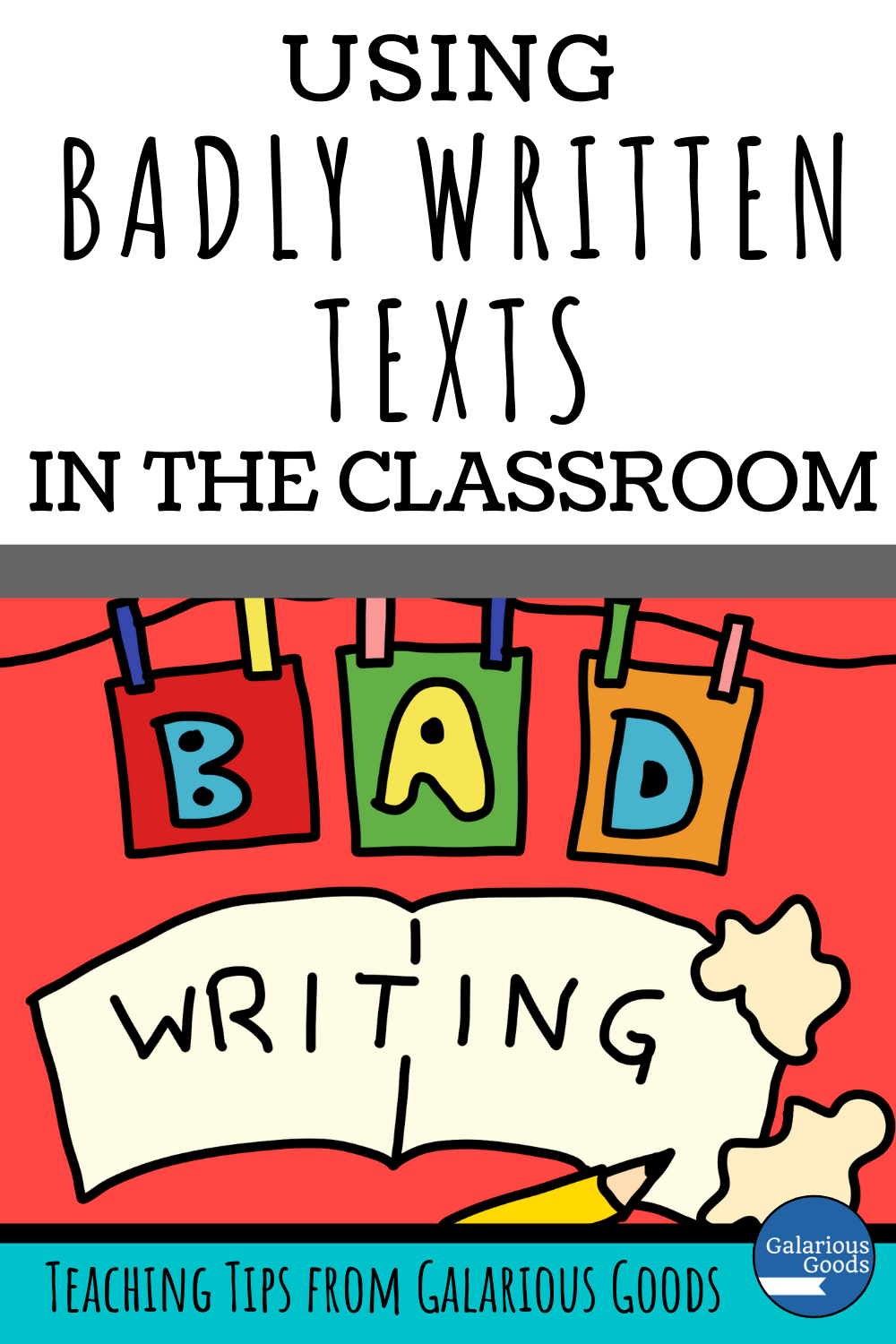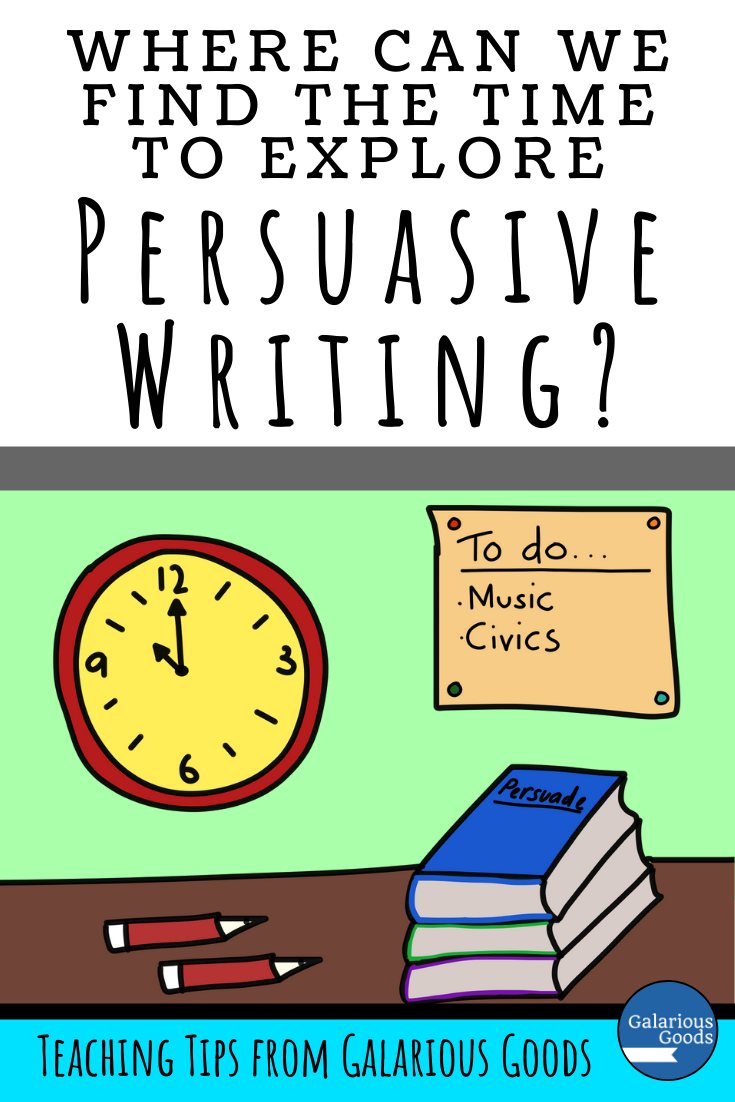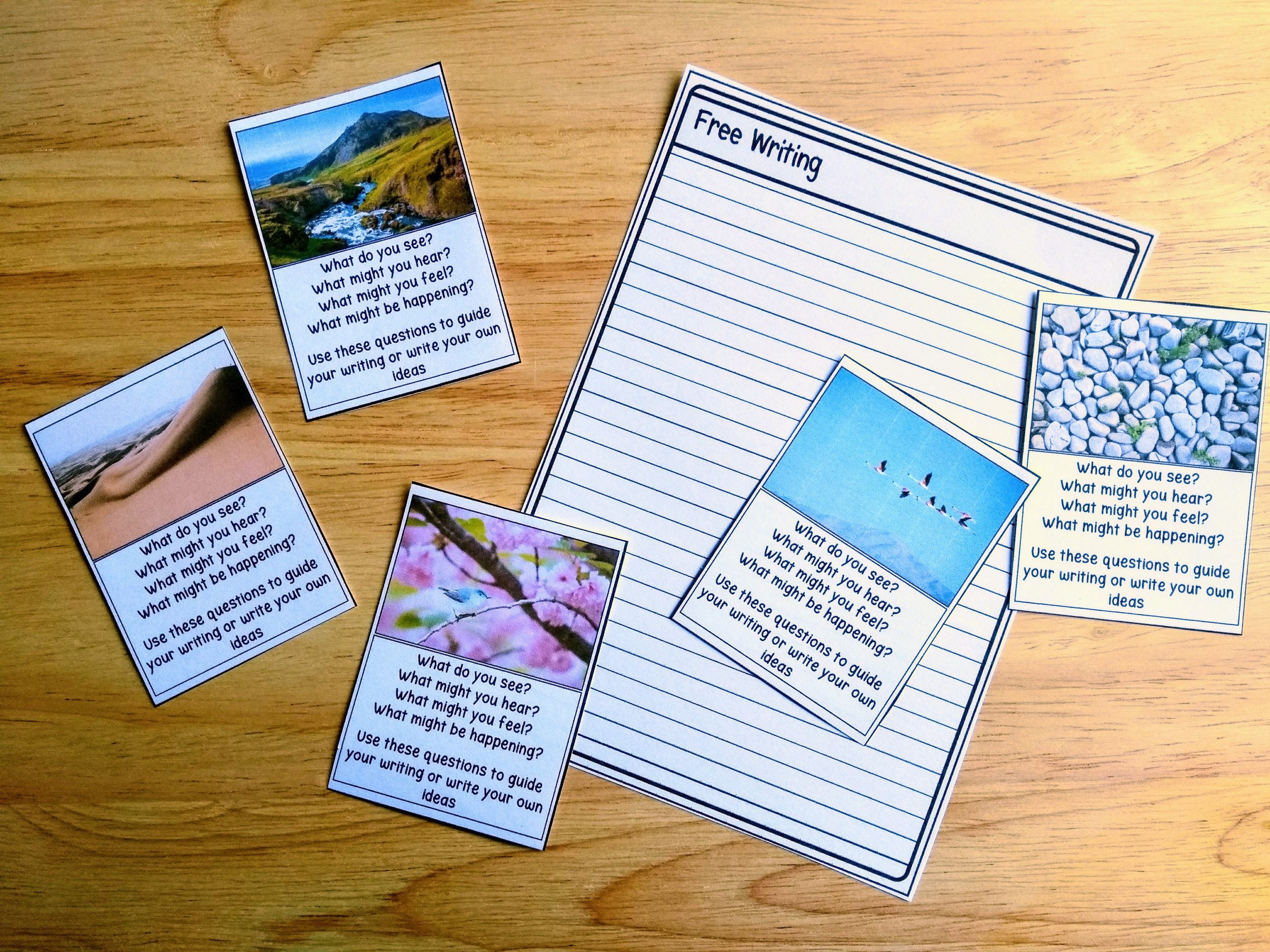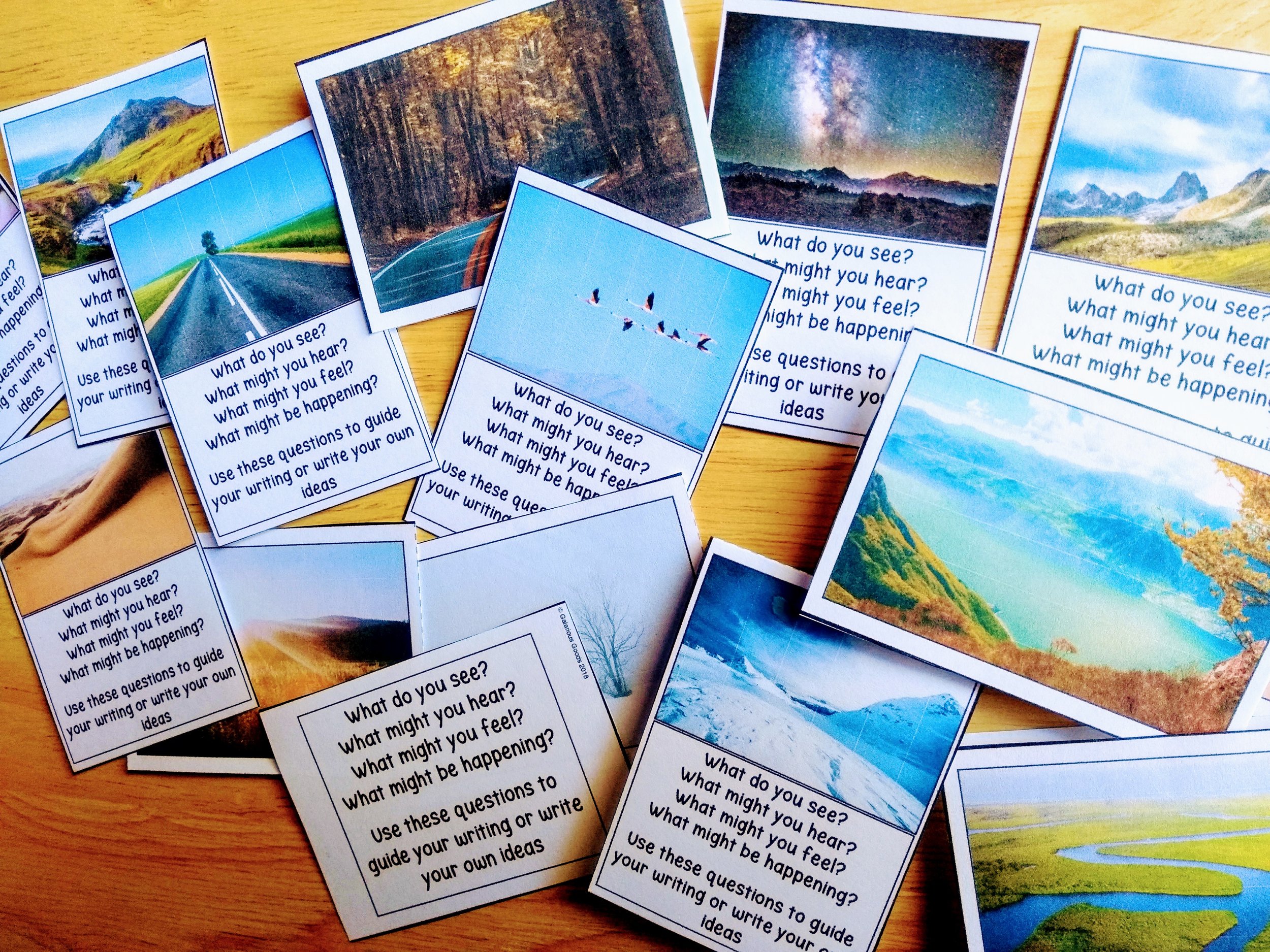Including Freewriting In Your Classroom Writing Centres
/Freewriting can be a powerful writing tool in the classroom. It can assist students with formulating ideas, creating outlines and even drafting whole pieces of writing. But how can we effectively use freewriting in the writing centres we set up in our classroom? Is it a useful writing centre? And how do we establish freewriting writing centres to ensure they work?
Freewriting and Writing Centres
Freewriting in the classroom is a timed writing exercise. Students are provided with a writing prompt, which they respond to with a steady stream of words. They are not required to stick strictly to the provided prompt (which might be a picture, a quotation or a question), but can write anything which comes to mind - as long as they keep writing until the timer does off. When the time is up, students may store their writing for future exercises or use it immediately as a launch for writing.
Writing centres can be used in the classroom to provide a variety of activities for our students to complete. Students may move independently between activities designed to reinforce and improve skills in spelling, grammar, punctuation and writing composition, or they may rotate through these centres within a group at the direction of their teacher. Whether you have established writing centres or you are planning to use them in the classroom for the first time, freewriting can be easily included - allowing students to practice using prompts to guide their writing.
Setting Up a Freewriting Writing Centre in Your Classroom
Adding freewriting to your writing centres requires only a few simple things. The most essential is a collection of writing prompts which students can use to spark their writing. These may be connected to units of work you are studying in the classroom, or they may be connected to holidays, seasons, student interests or popular culture.
Although you may collect or create a large collection of writing prompts, it is important to limit the choice that students have immediate access to. You may like all the students at the writing centre to work from one writing prompt, or you may offer a small collection of related prompts with just a few more options than the number of students - allowing limited choices and opportunities for swapping prompt cards.
If you are reusing your writing prompt cards in your classroom at a later time, you may like to print them onto card or laminate them to extend their lifetime. It is worthwhile to organise all your writing prompt cards in a single location to allow you to find them when you wish to use them again.
You also require a timer so students can write without having to keep an eye on a clock. You may like to find an old fashioned kitchen timer, dig out a digital timer or search for timing apps or websites on a computer or tablet which is accessible to the students working at that writing centre.
Finally, students will need writing paper and instruments to participate in freewriting. You may request students to bring their own writing tools to the freewriting centre or you may keep a collection of writing instruments and paper available for students to use. If you are providing paper, you might like to create a range of options - including lined and unlined paper and paper which comes in different colours as well as white.
These tools can be easily kept together in the classroom, along with freewriting instructions and equipment lists. (You can download free instruction, equipment lists and freewriting prompt cards here!)
Establishing Freewriting Writing Centres
Freewriting sounds easy, but can be a little overwhelming when it is presented cold to students. To warm students up, freewriting should be introduced to the class before it becomes a regular writing centre. Model it to your students, allow them to experiment with whole class freewriting individually, as pairs and in small groups. Engage in freewriting along with your students - both as whole group exercises and when you do offer it as a writing centre.
Nominate a student to be in charge of the timer - this protects student writing time!
Allow students to share their freewriting if they wish to. Provide them more time - or another writing centre - where they can read over freewriting they have completed and highlight or note sections which they would like to expand on at another time. Model how they may choose to keep or throw out certain pieces of freewriting.
Freewriting is easily included as part of your regular writing instruction in the classroom. Using a freewriting writing centre allows students to get used to regular freewriting, allowing them to spark creativity in their writing and become more fluent, proficient writers.

